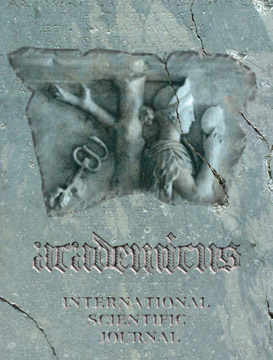
ODGOJEM UVJETOVANE TEŠKOĆE I POREMEĆAJI U PONAŠANJU
Pravilan djetetov razvoj pretpostavlja usklađenost bioloških čimbenika koji su odgovorni za tjelesni rast i ravnotežu živčanih funkcija te odgojnih uvjeta. Pojavljivanje teškoća na nekom od važnih polja djetetove psihičke aktivnosti dovodi do pojave i teškoća u ponašanju. Ako takvo ponašanje nanosi štetu djetetu i razredu te ako nema pozitivne promjene poslije uobičajene pedagoške intervencije, radi se o poremećajima u ponašanju koji zahtijevaju dodatnu stručnu pomoć.
More...


